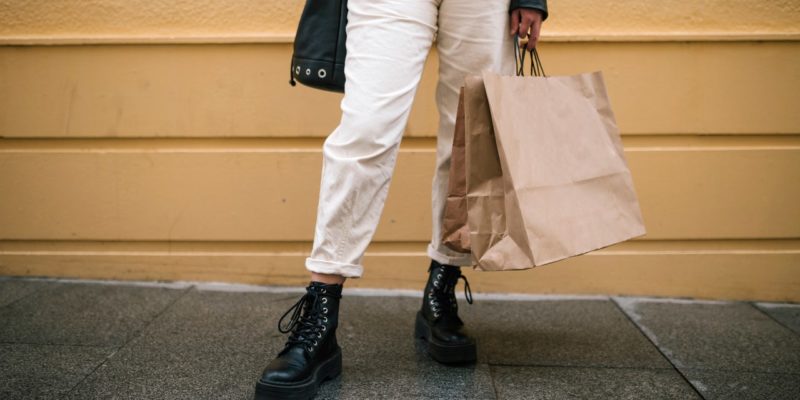How to Prevent and Treat Blisters — Expert Tips
Instead, Murphy suggests some of the above methods for preventing blisters, like trying different shoes and wearing moisture-wicking socks, or using blister cushions.
Treatment:
Blister Pads
If you do end up with a blister, Petkov says blister pads, padded bandages, and moleskin are best to not only prevent more blisters but protect the ones you may already have as well.
The Spenco 2nd Skin Blister Kit is less than $10 and includes blister pads in a variety of sizes. If you’re blister-prone, it may be worth adding it to your workout bag or medicine cabinet.
Murphy recommends hydrocolloid blister bandages, which can help to cushion the area and keep germs away as the skin heals.
“I find that they are very underutilized and can make a world of difference,” Murphy says. “Another option is a donut-like bandage or moleskin that offers pressure from the injured tissue to the surrounding healthy skin.”
Do Not Pop If You Can Avoid It
If there’s one thing experts will tell you about blisters, it’s this: Do not pop them. It will not only make them more painful, but also more prone to infection, as Petkov explains. And if one does happen to pop on its own after a workout or run, be careful about how you treat it afterward.
“Apply antibiotic cream if available and cover it with a bandage,” Petkov says. “Monitor regularly for signs of infection such as redness, swelling, and bloody or yellow discharge. Do not peel newly forming skin.”
Murphy echoes Petkov, saying, “it is essential to keep the area clean to reduce your risk of infection.” She recommends washing the area daily with soap and water, and applying an antibiotic lotion twice a day until the underlying skin is healed.
…But If You Must
Who among us hasn’t popped a blister a time or two? It’s just too tempting. But it’s always better that you seek professional assistance before taking things into your own hands.
“The best thing is to see a medical professional who can open the blister in a sterile manner that will reduce the inherent risk of infection,” Murphy says. “The affected area will be cleaned and a sterile instrument, usually a sterile blade or needle will be used to puncture the blister at its base to release the trapped fluid. The roof of the blister will generally be left in place to act as a bandage.”
If It Pops, Avoid the Gym
Once you’ve popped a blister (whether by accident or not), this doesn’t mean it’s time to hit the gym. In fact, it might mean you should avoid it altogether — especially if it’s a blister on your hands, which will be touching a lot of equipment and surfaces.
“If you have very bad blisters or one of them rips, stop working out,” Athayde says. “Gyms aren’t the cleanest of places, so it’s very important for it to heal over or you risk infection.”
Yes, blisters suck. And yes, sometimes they’re inevitable — but not all the time. So stock up on skin lube, moisture-wicking socks, or baby powder (or, hey, why not all of the above?), and you may just end up saving yourself a lot of pain. And as tempting as it is, remember: Do not pop them.
Now read more about foot care:
Done reading? Now watch a dermatologist’s skin-care routine:
Follow Allure on Instagram and Twitter, or subscribe to Allure’s newsletter for daily beauty stories delivered right to your inbox.

